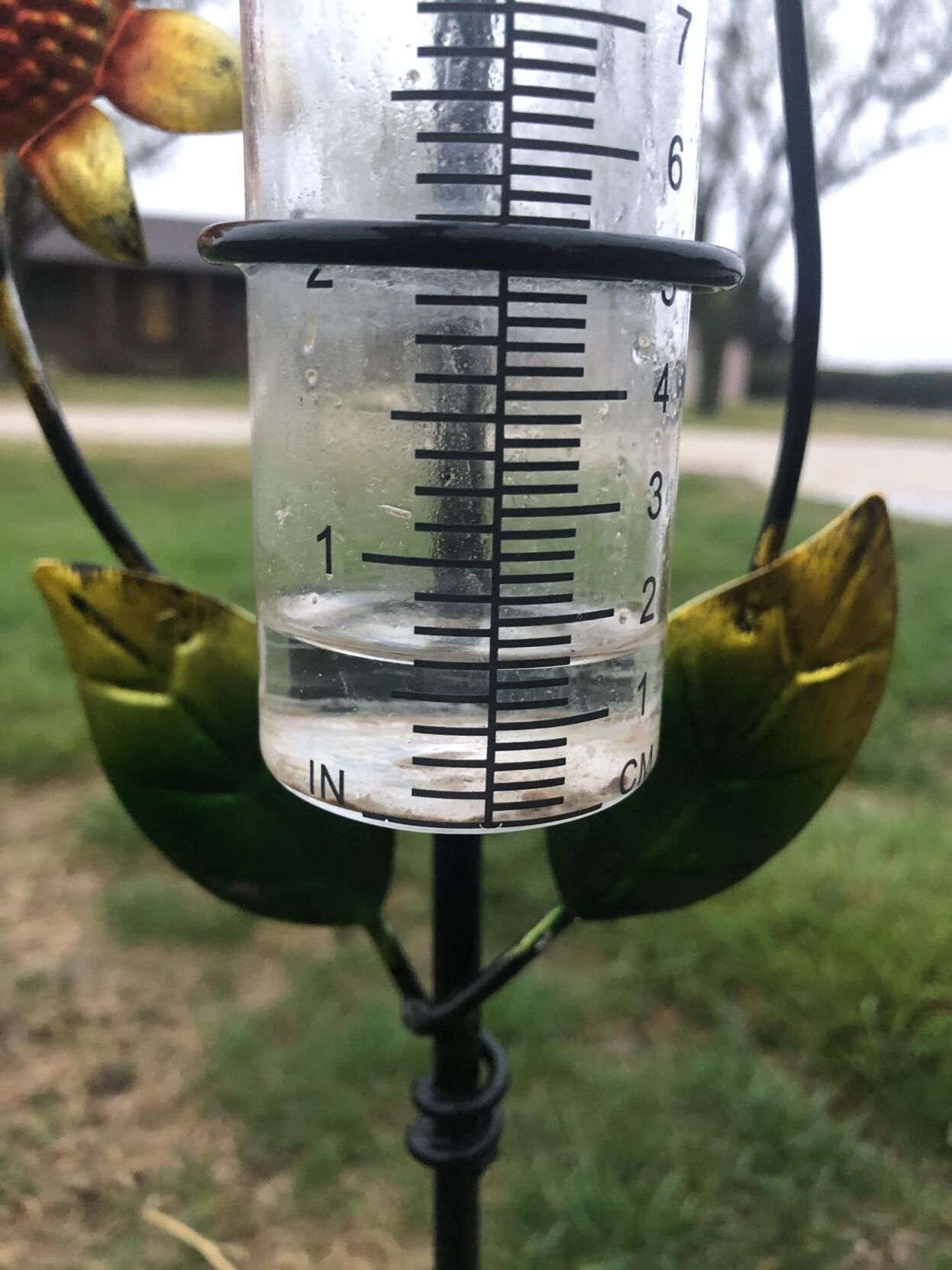The High Plains experienced an almost forgotten weather pattern the last week of April, when widespread thunderstorms brought several days of rainfall to extremely dry areas of Kansas, Oklahoma, Texas, Arkansas and Colorado. It was a slow, soaking rain that allowed for full absorption over several days. Oklahoma in particular benefited from the first wave, a four-day storm system in which the entire state received rainfall.
According to iWeatherNet.com, between April 23 and 26, some areas of Garvin County, Oklahoma, received as much as 4.5 inches of moisture. Miami, Oklahoma, received the least rainfall with 0.18 inches during those days. Certain areas of southwest Kansas received 1 to 3 inches of rain, with Garden City, Kansas, measuring 2.35 inches and 2.04 in Dodge City, Kansas, over the first four-day wave. Texas’ rainfall was sporadic, with some areas receiving as much as six inches, and others in West Texas having 0 to 0.02 inches.
The weather dried up on April 27, but by April 28 the sky was cloudy again and drought-stricken areas were able to add to their overall rain total for the week. The Tulsa, Oklahoma, region received an additional 2 to 3 inches during Friday’s storms and Oklahoma City accumulated another 1.5 inches of water. Most areas in Oklahoma received between 2 to 5 inches of rain over six days. Dodge City received another 1.3 inches on April 28, bringing their six-day total to around 3.3 inches. Garden City received similar rainfall to Dodge City on Friday, bringing their five-day accumulation to about 3.6 inches. Areas of Arkansas and east Texas saw heavy precipitation on April 28, with the Tyler, Texas, region seeing between 3 to 4 inches on Friday alone. The Little Rock, Arkansas, area received as much as 2.5 inches on Friday.
It has been months since some parts of the High Plains have received more than a half-inch of moisture in one rain event, making the last week of April an enormous blessing and in some ways a small setback. Although this desperately needed moisture is just what the doctor ordered for the dry condition of the High Plains, it also comes with side effects for the wheat that is ripening and heading out in certain places. Wheat growers are already noticing white heads in their fields, a sign of root rot. Wheat that has been experiencing extreme drought stress can develop root rot quickly in response to sudden, late season moisture.
According to the Oklahoma State University Plant and Soil Science Department, root rot is caused by fungi that attack the roots and crown tissue of the plant. In plants that have root rot, the crown and root tissues are damaged and water and nutrient uptake stops. These plants will develop white heads long before they are expected to mature and the heads will either be sterile or filled with shriveled grain.
This year’s wheat crop was already expected to be poor quality, but root rot problems could be another obstacle for farmers to deal with this harvest. However, farmers will take the rain at any cost after such an extended drought. No matter the effects on the wheat crop, this rain should get pastures jumpstarted and provide enough moisture for crops such as sorghum, corn and cotton to be planted. This weather event could also be the start of a cooler, wetter summer as some meteorologists have predicted for the rest of the year.
Lacey Vilhauer can be reached at 620-227-1871 or [email protected].




